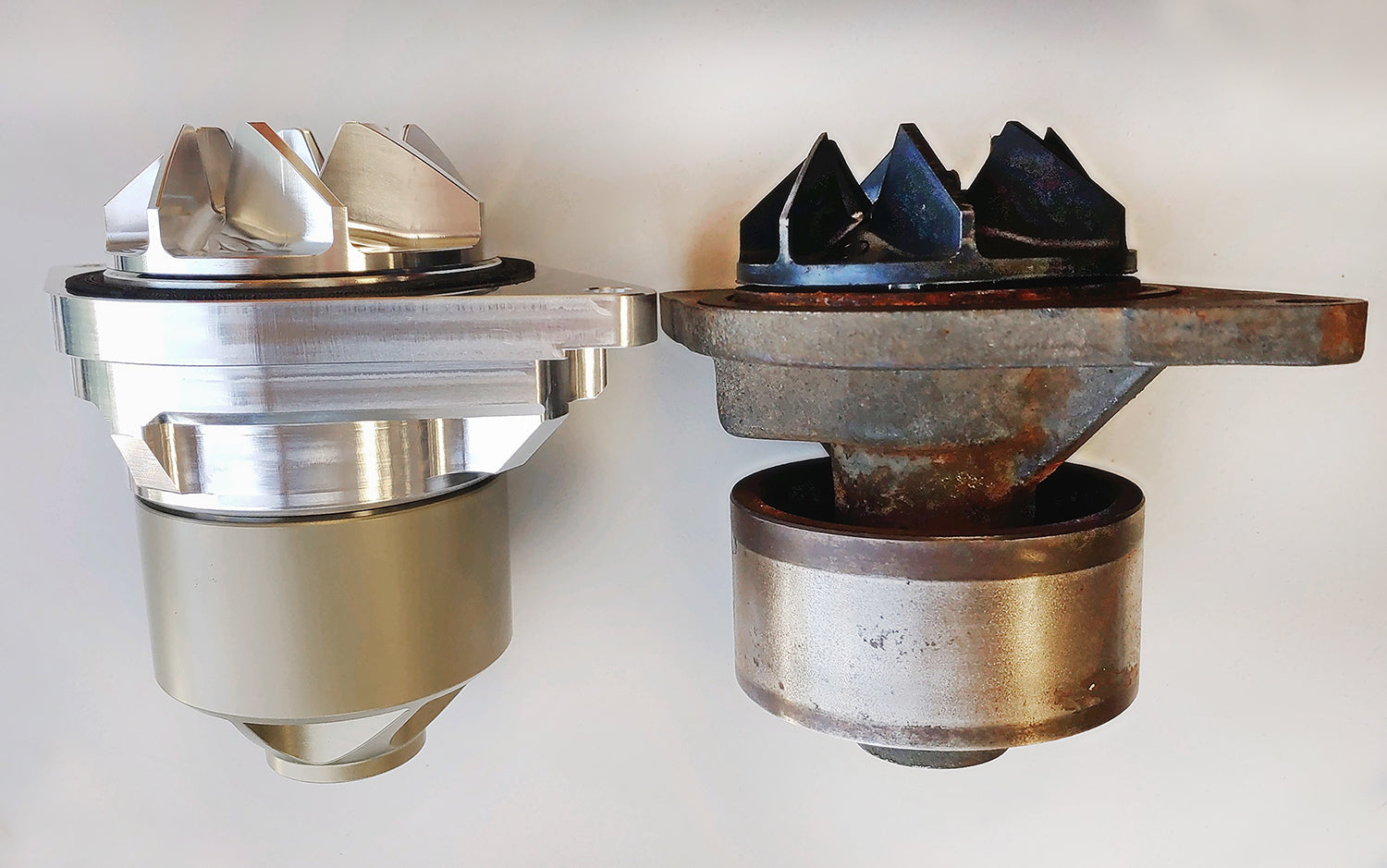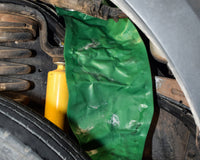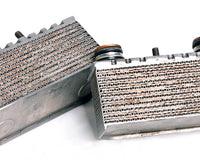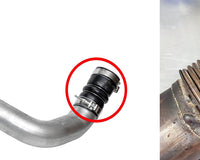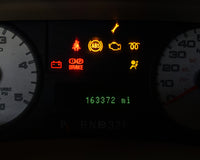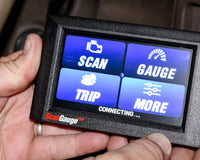Routine maintenance on your vehicle is important, and it is common to check and change your oil, tires, and other fluids to ensure it is in great running condition. There are critical components that can also be checked to ensure your system runs properly without issue. One of these critical components is your water pump. The water pump keeps coolant running consistently through the engine block, hoses, and radiator, ensuring that everything is kept at a safe operational temperature.
Without a correctly running water pump, your engine could run hot or overheat. This could cause other component failures leading to costly repairs.
HERE ARE 5 BASIC SIGNS OF A FAILING WATER PUMP

- A puddle of coolant under your vehicle – This could just be the gaskets or seals that can potentially dry out over time.
- Deposit build up – When there’s a small leak near the water pump it will cause a gradual build up around the water pump itself. The coolant leak could also cause pitting. This means that the pump is not functioning efficiently due to a leak in the system or perhaps the incorrect coolant was used.
-
Whining or grinding noise – Does your vehicle have an unusual whining noise when you accelerate? It is most likely a belt or pulley that broke or came loose. It would be a good idea to see your mechanic about this to identify exactly where the noise originates from since it could be other critical components such as the serpentine belt.

- Has your truck been running hot? – Have you noticed your temperature gauge rising more than normal? This is dangerous not only because it could leave you stranded, but because you could also damage your engine beyond repair. Take the vehicle to your mechanic as soon as possible to avoid any unnecessary damage.
- Steam is coming out from under your hood – that is a sure sign that something is seriously wrong with your vehicle. When your water pump fails, it is no longer able to move coolant through your engine, causing it to overheat. Stop immediately and get your vehicle to a service professional to fix the problem before any other failures occur.

